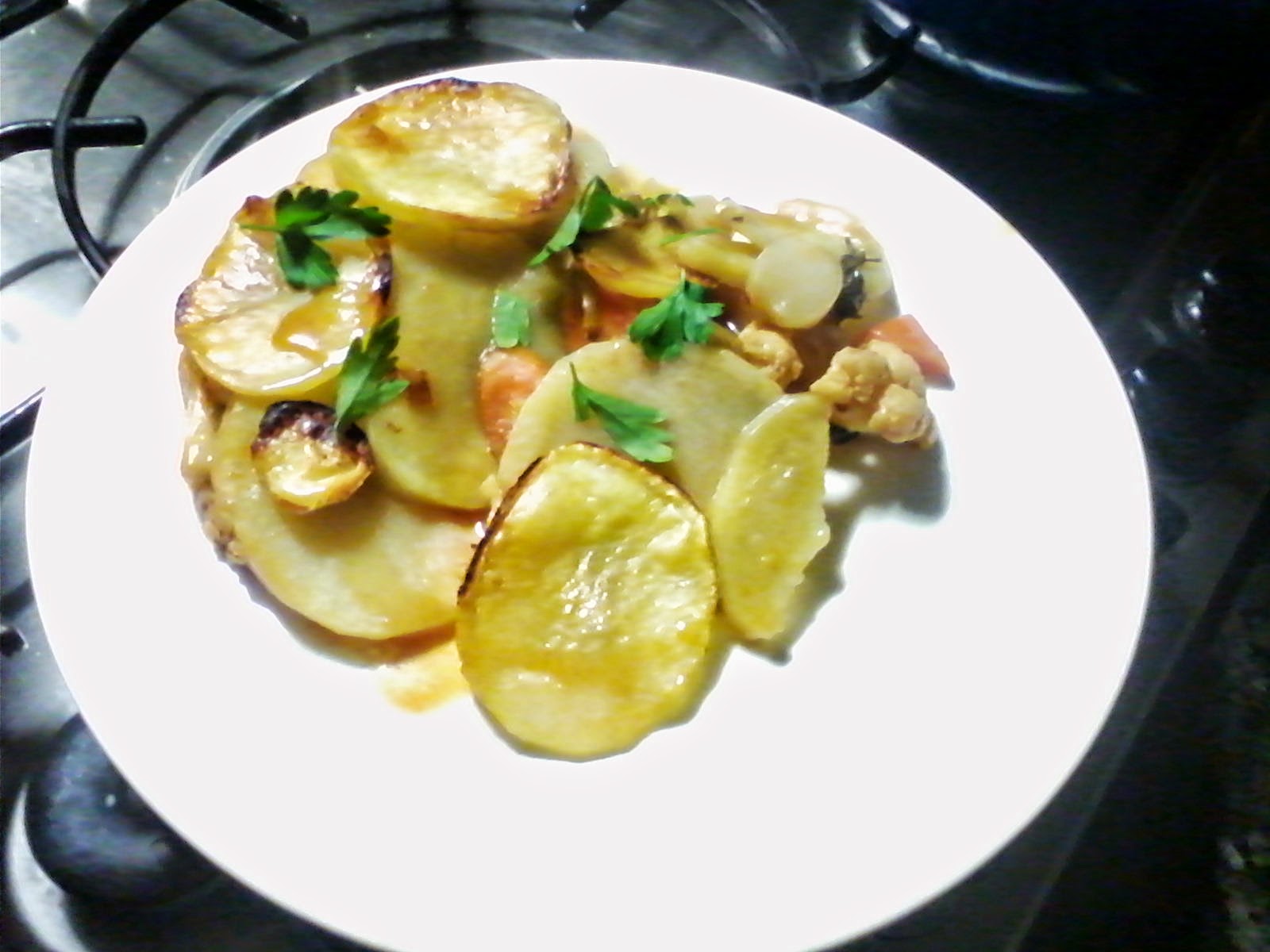The
term pickle is derived from the Dutch word pekel,
meaning brine. Pickled as a newt is an English phrase for being pissed.
Pickling
is the process of preserving food in brine or vinegar and this method has been
used for thousands of years, particularly in India and other parts of Asia.
In
Fiji, for example, before a man could woo a girl he had to show his prowess by
allowing her parents to inspect his pickling pits in order to prove he was good
marrying material. I am going to try something similar - you show me yours and I'll show you
mine.
Even
Christopher Columbus's ships carried pickles as they are packed with vitamin C
and thus helped avoid scurvy. Brits are often referred to as ‘limeys’ because their
ships carried citrus fruits for the same reason.
In
days gone by fruits and vegetables were pickled in order to survive hard and
long winters. Now, in the main, we can pickle in times of plenty to enjoy in
the winter. Pickling has enjoyed a recent boon from chefs and foodies alike
(and me) as they add an interesting and acidic punch to dishes and it is very
cheap to produce.
However,
apart from pickled herrings, pickling is rather new to me. And now I have the
pickling bug from onions, mixed vegetables to chillies.
Pickling
vegetables not only improves their texture and flavour but it can also make
them more nutritious - by introducing B vitamins produced by bacteria.
And
recently I watched The Hairy Bikers' Asian Adventure – Korean episode on catch
up and there was Kimchi, I had it once in Hong Kong and now I am going to
pickle cabbage, Kimchi Andalucían style.
According
to Korean scientists, Kimchi contains as much as twice the levels of vitamins
B1, B2, B12, and niacin as unfermented cabbage contains. Now you know.
Meanwhile,
whilst in pickling mode and having some green chillies to hand (Francisco, in
my local fruit and veg shop told me they were muy, muy picante, he even wagged his finger to emphasis the fact) I
decided to give it a go and here’s the recipe which has been specially requested
by a friend, Fran Rajewski, who is slowly recovering from surgery. I’m sure my
picante pickled green chillies will help with her mending.
Use your usual sterilisation method. I place my jars in the oven for 10 minutes at 120°C and the lids under boiling water for the same time.
Place the
chillies in a colander and scold with boiling water, set aside to cool as you
will have to pierce them in order that the pickling solution penetrates them.
Place them
into the jar and add whatever spices suit you. I added:
Mustard seeds
Peeled garlic
Black pepper corns
Bay leaves
Cassia bark
Coriander seeds
Plus a teaspoon of salt and a good
sprinkle of brown sugar.
Apart from flavouring the vinegar the
spices are antimicrobial – they kill micro-organisms or at least they inhibit
their growth.
Now cover with vinegar of your choice
(white wine in my case) making sure everything is submerged. Now tap the jar in
order to release any air bubbles, screw the lid tight then store in a cool dark
place until the chillies start to turn light green.



.jpg)





















































